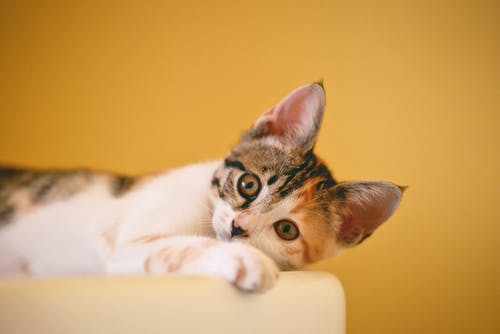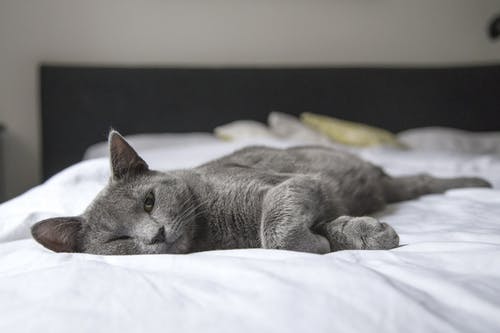The wonderful world of pet parenthood is always amazing but not constantly smooth sailing. Looking after cats and dogs includes the good stuff and dealing with ailments they may have. One of the most typical issues pets might experience is eye problems. Still, pet owners need to sustain the commitment they made to their furry pals the minute they accept them to their homes.
Wellness and Preventive Care
Regular wellness checks are essential to a cat and dog’s healthcare routine. Throughout these vet visits, pets receive their needed vaccinations and boosters. Medication, blood tests, etc., are likewise offered to avoid parasites. You can learn more from vets about how parasite prevention can prolong a pet’s life. Pets are examined from head to paw, and it is essential to catch any early signs of illness.
Some Common Eye Problems to Watch Out For
Although healthy, pet cats and dogs often get eye concerns due to many factors. Catching symptoms can help avoid complications and even prevent blindness. Knowing what to watch out for can help you describe symptoms to ophthalmology veterinary experts. As soon as you see your pets struggling with these, it is better to call the veterinarian for aid.
Conjunctivitis
The conjunctiva is a thin membrane that produces tears to protect and lubricate the eyes. Conjunctivitis, or the inflammation of the conjunctiva, is also called pink eye. This condition is triggered by allergic reactions, dust particles, and other irritants, which is why grooming and bathing are important. Redness, mucous secretion, or pus can develop. If left untreated, this condition may lead to irreversible damage.
Glaucoma
The eye has fluids that move in and out from behind its lens. If that fluid is blocked, pressure develops, which impacts vision and causes discomfort. Glaucoma might be caused by infection of the drainage ducts. Glaucoma can manifest as swelling, dislocation of the lens, or a tumor.
Signs to look out for are cloudy corneas, redness, dilated pupils, squinting, pain, or discharge. Glaucoma can result in loss of sight. Surgery or perhaps complete eye removal might be recommended if not managed.
Cherry Eyes
Cats and dogs have three eyelids. Two are responsible for holding the eye in the socket and covering the cornea. The third sits in the corner of the eye and covers the eye diagonally. If the fibers holding the third eyelid weaken, the tear gland will stick out. This congenital defect is also called the “cherry eye.” If there is a pink or red lump by the inner corner of your pet’s lower eyelid, you may be seeing it.
Other eye symptoms or irritation may manifest, including red, itchy, squinting, and watery or dry eyes. If left unattended, the cherry eye can quickly worsen when the pet begins pawing or rubbing on it.
Keratitis
This inflammation of the cornea can cause discomfort and loss of sight. Signs include excessive tears, light sensitivity, and the protrusion of the third eyelid. Laboratory work can help a vet identify what bacteria or virus exists. Only then can the pet be provided the medication. With viruses, treatment can take time, and the condition could return. For that reason, the vet ought to be updated with any development.
The Takeaway
Even if pets are given enough attention and their health is prioritized, there will be a possibility that eye problems might occur. Keeping an eye out for any signs of irritation, itchiness, or redness around the ocular area is a good habit for pet owners. Attentiveness is the key to avoiding complications and unnecessary medical expenditures.





